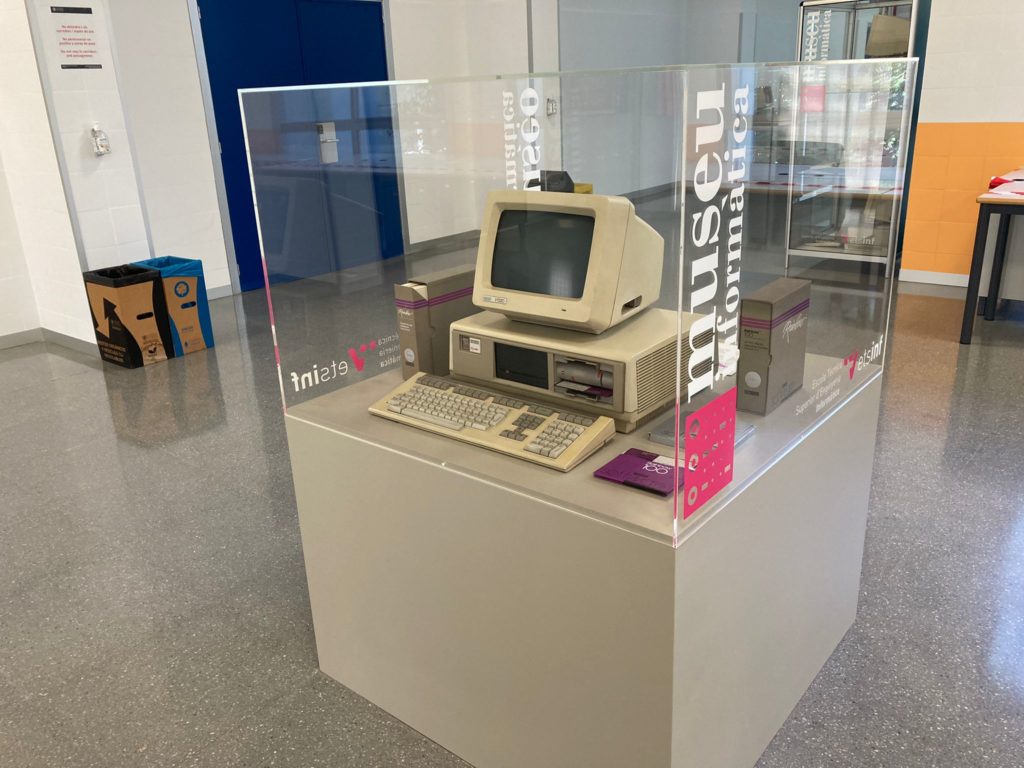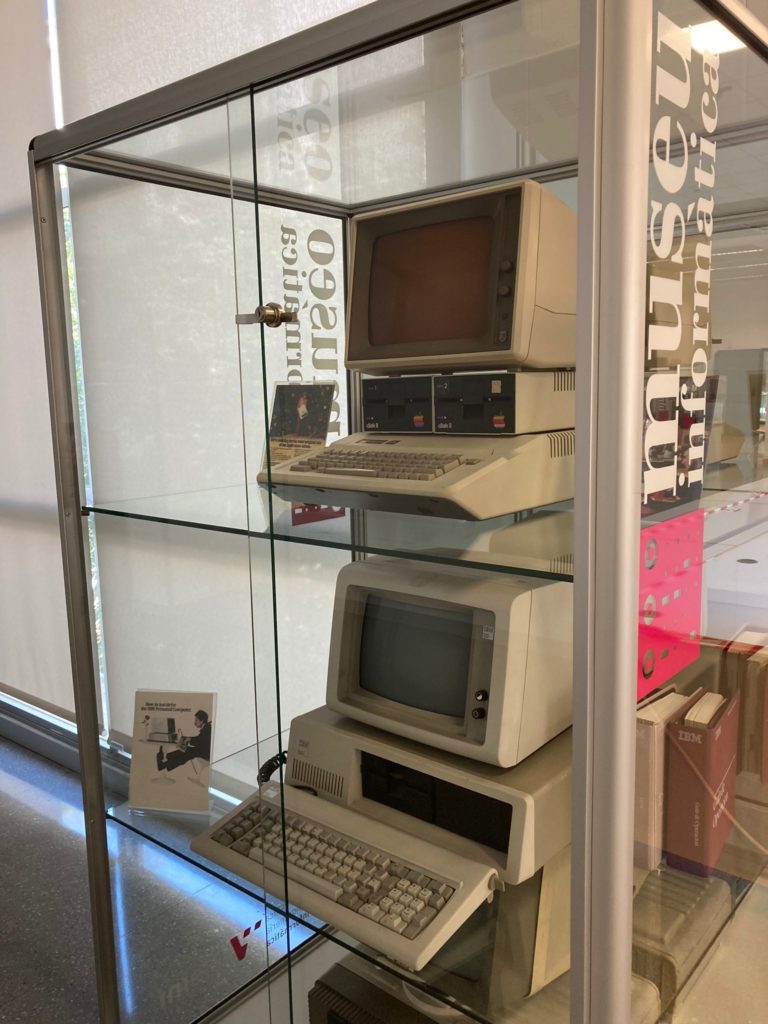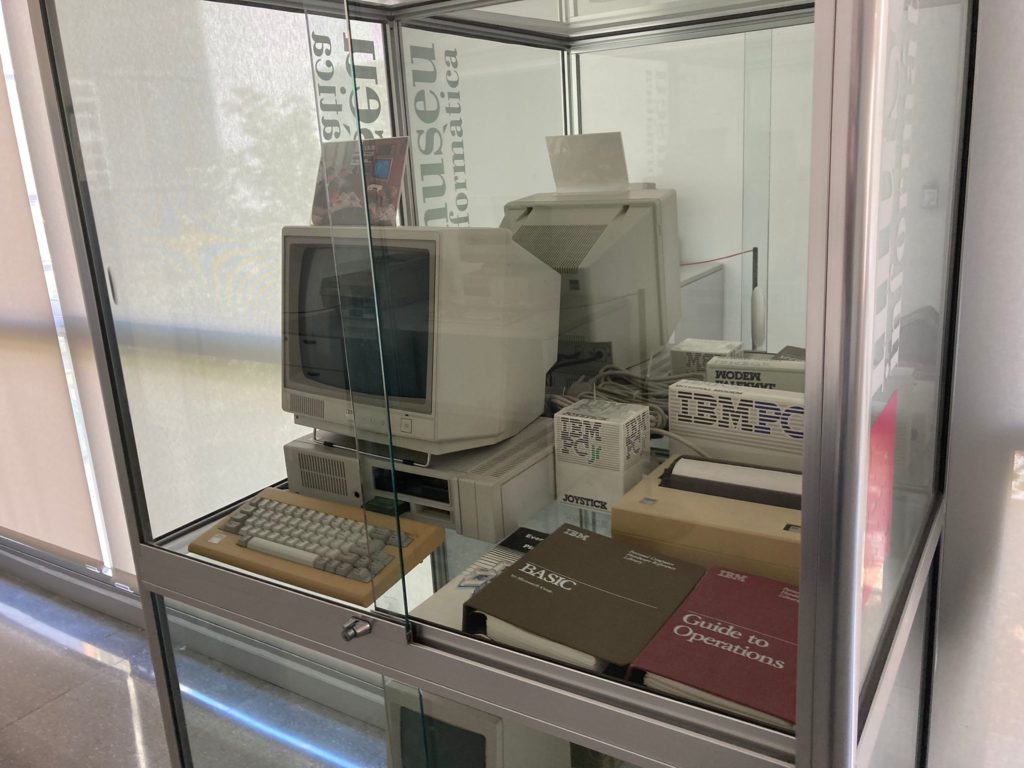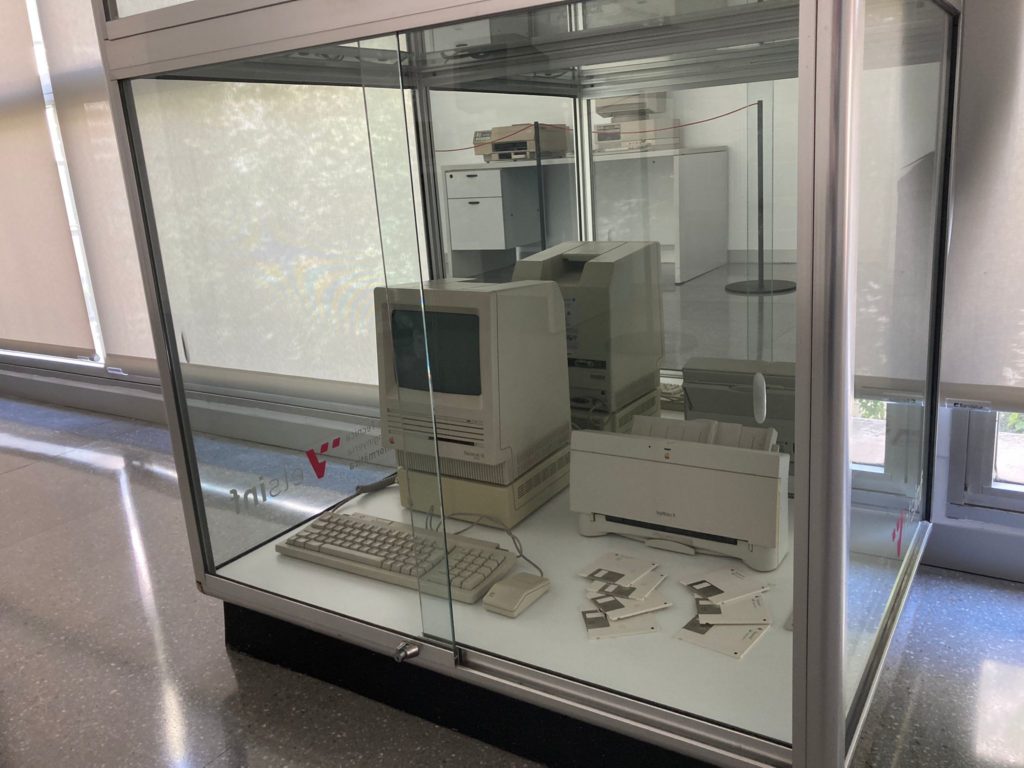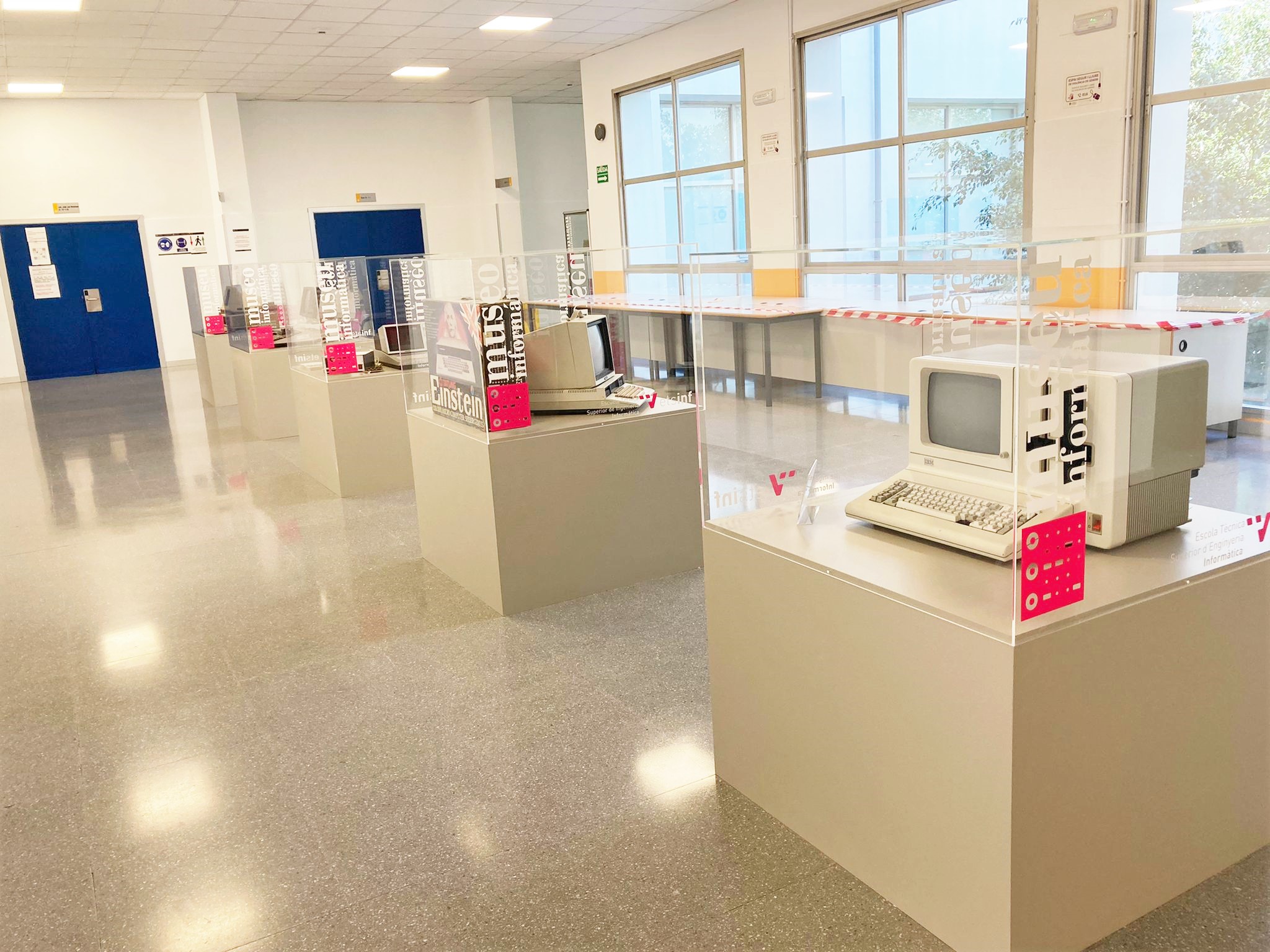
Personal Computers

During the decade of the 70s of the XX century, the emergence, boom and market consolidation of the personal computer took place. The moment of this initial stage began in 1977, when the magazine Byte would refer to as the “1977 Trinity”. Apple, Commodore and Tandy Corporation start a race to introduce the first successful commercial personal computer on the market. Apple II, Commodore PET and TRS-80 were introduced, respectively. At the same time, the advent of the IBM Portable Computer of 1975 is worth mentioning. Despite its weight of almost 25 kg, it was considered portable, as it weighed less than the rest of computers of that period. It was in 1981 when IBM, introducing the IBM PC (and the IBM PC XT in 1983), diversified its commercial lines and also concentrated on the personal computer market.
The acceleration in the design process of the IBM PC, entailed a lack of patent registration, with the result of an inverse engineering process. IBM PC clones then emerged, which used the same OS as the IBM PC, MS-DOS of Microsoft.
Besides, Apple introduced in 1983 the Apple Lisa, the first commercial computer with a graphical user interface, and a year later the Macintosh, the first mouse-driven computer with a graphical user interface based on Windows, Icons, Menus, and Pointers. While not a success upon its release, the Macintosh was a successful personal computer for years to come.
In the 1980s, IBM PC clones dominate the market and IBM’s response came later with the release of the Intel 80386 microprocessor. The Compaq Deskpro 386 was the leader in 1986, and a year later the IBM System/2 was unsuccessful. The success of the IBM PC clones marked the decline of Apple (as well as IBM).
In those years technical advances allowed for rethinking the concept of the portable computer. From 1991 on, Apple reconsidered its series of portable computers and introduced the PowerBook successfully. IBM also introduced its ThinkPad, the most successful laptop.
In 1994, in order to diversify supplies, Apple introduced the Power Macintosh series and the PowerPC, oriented towards companies and becoming the primary choice among creative professionals and graphic designers.
In 1986, NeXT was founded by Steve Jobs, along with former Apple employees, after he was forced out of Apple. The NeXT Computer meant a lawsuit against Apple and caused NeXT to be able only to commercialise WorkStations. The NeXT Computer and its updates were a great success, especially when Tim Berners-Lee used the NeXT Cube to create the first web server at the CERN.
After the NeXT purchase and Jobs’ return to Apple management in 1997, the iMac G3 was released and it was a huge success for the financially-troubled company, as Apple was almost bankrupt. The iMac G3 meant the beginning of the end of floppy disks. All the concepts of the NeXT Computer were transferred to the Power Mac series, which lasts as such, till the appearance on the market of the Power Mac G5 in 2003. In 2005 IBM sold its personal computing division to Lenovo, thereby focusing on the professional sector, research and development. Meanwhile, Apple continued with product lines, dedicated to the personal computer (iMac) and the professional sector (Power Mac and Mac Pro).
At the beginning of this century, Apple caused a series of changes to personal computing due to the launching of new products. So, the iPod was introduced in 2001, and some years later iTunes was released, bringing a new concept of music and software. In January 2007, Steve Jobs introduced the iPhone, which became the best-selling mobile phone in history, and in 2010 the iPad. Both products changed the overall picture of personal computing, thereby transforming the mobile phone and the digital tablet into the products which will mostly substitute the personal computer, as the tool to access services and applications, and starting what the specialised press titled as the “post-PC” era.
Acknowledgments: Rafael Sánchez.
